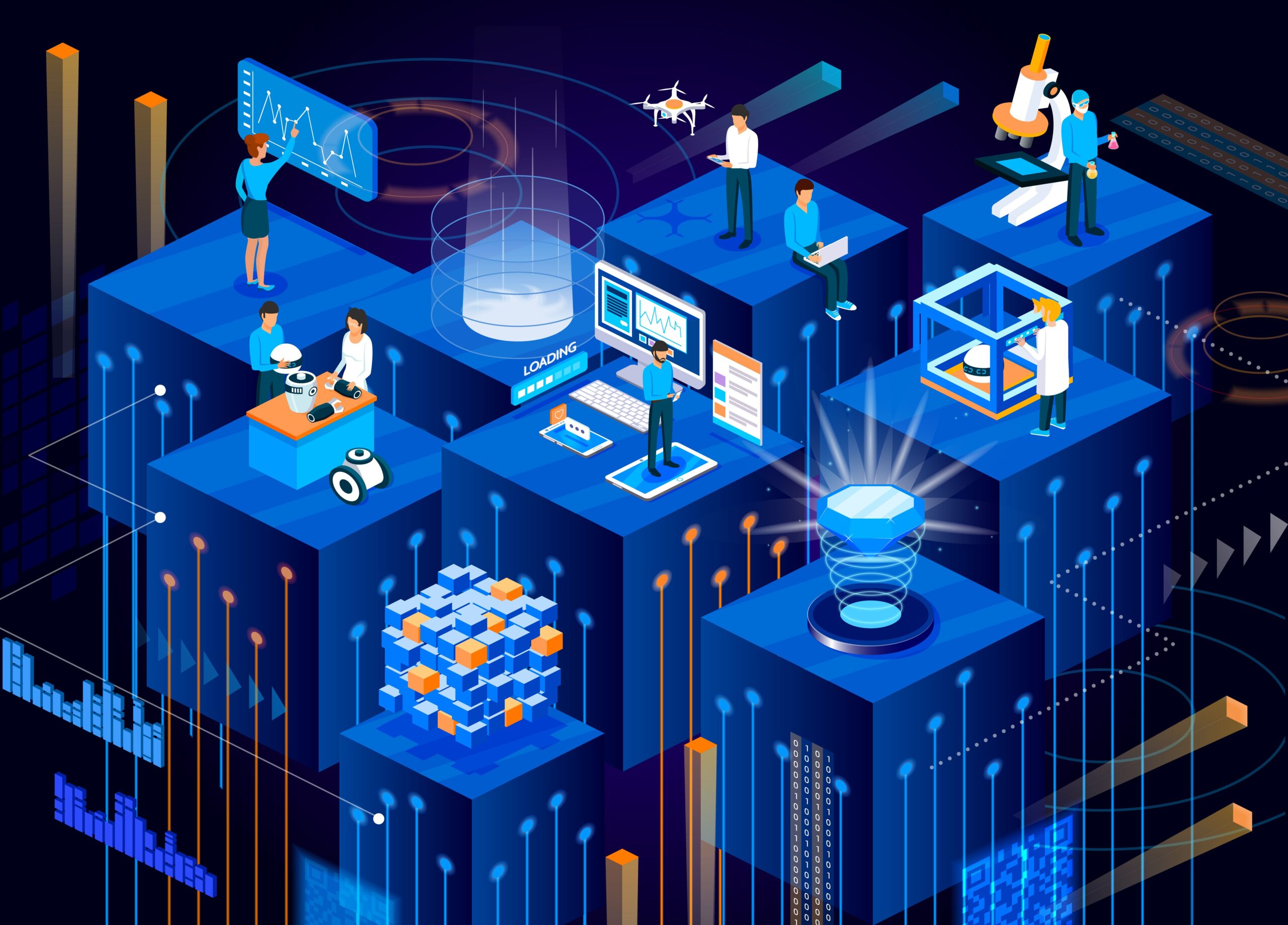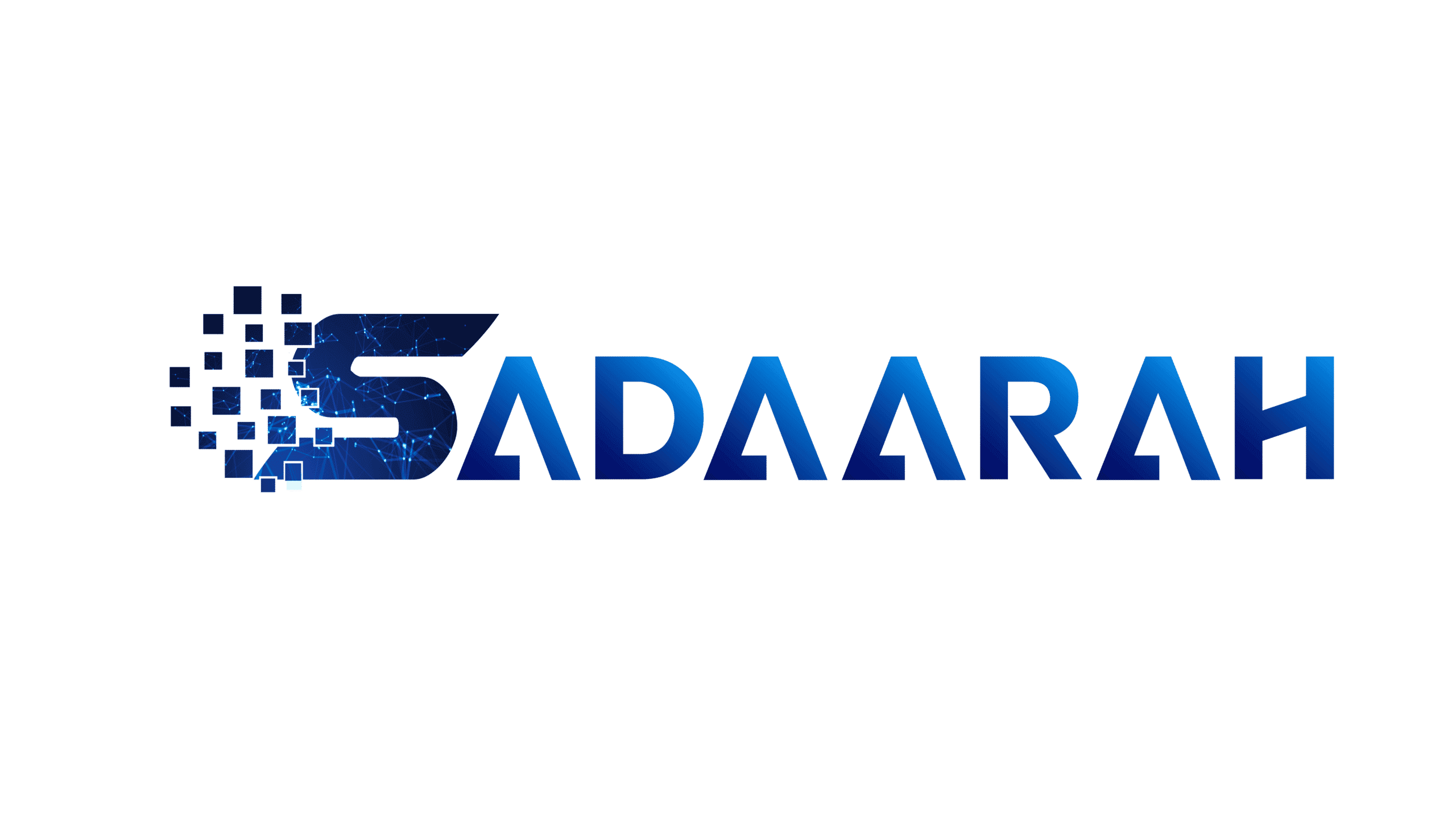No products in the cart.
Generative AI
A subclass of artificial intelligence known as "Generative AI" is dedicated to producing new material, such as literature, music, movies, or photographs, that mimics and frequently enhances preexisting data patterns. It makes use of algorithms that can learn from data in order to produce fresh, cohesive content. Many creative industries, including design, art, and content production, as well as industries like drug research and synthetic data synthesis, employ generative AI extensively.

Features
Flexibility
The ability of generative AI models to adjust to various input circumstances or limitations enables the creation of a variety of outputs that are suited to certain needs or preferences.
Scalability
Large datasets and intricate models may be handled by generative AI algorithms, allowing for the creation of lengthy texts, multi-minute films, and high-resolution photos.
Interactivity
Certain generative AI systems include interactive interfaces that let users give input or steer the creation process in real time, producing more interesting and customized outcomes.
Transfer Learning
The utilization of pre-trained representations or information from similar tasks or domains by generative AI models can expedite learning and enhance performance on particular generation tasks.
Bias Mitigation
By including strategies to minimize biases seen in training data, advanced generative AI systems promote inclusion and fairness in created content.
Robustness
When applied to varying situations or scenarios, generative AI models can demonstrate resilience to fluctuations or disturbances in input data, guaranteeing consistent and dependable performance.
Categories
Categories of Generative AI
- Image Generation:In applications including image synthesis, style transfer, and picture editing, realistic image-generating algorithms like Deep Convolutional Generative Adversarial Networks (DCGANs) and Variational Autoencoders (VAEs) fall under this category.
- Text Generation:Language translation, chatbots, and content creation are just a few of the applications that are powered by next generation algorithms like Recurrent Neural Networks (RNNs) and Transformer models, which can generate coherent and contextually appropriate text.
- Music Generation: Using methods like Long Short-Term Memory (LSTM) networks and Generative Adversarial Networks (GANs), generative AI models may create creative music based on preexisting compositions, genres, or user preferences.
- Video Generation: By employing methods like generative adversarial networks and recurrent neural networks to learn spatiotemporal patterns from preexisting video data, video generation algorithms are able to produce new video material, such as deepfake films, video synthesis, and video prediction.
- Creative Applications: Art creation, design synthesis, and narrative are just a few of the creative applications that employ generative AI. These apps use algorithms to create new material that demonstrates artistic or creative traits by learning patterns and styles.

Benefits
Creative Expression
By exploring new avenues for creative expression, generative AI empowers designers, artists, and producers to produce innovative and motivating material that defies conventions in the art world.
Content Generation
Organizations can address the increasing need for digital content in industries like marketing, entertainment, and media creation by utilizing generative AI systems, which can autonomously produce massive amounts of material, including photos, text, music, and videos.
Personalization
In applications including recommendation systems, advertising, and user interfaces, personalised content generation using generative AI increases user engagement and pleasure by customising outputs to individual preferences, interests, or settings.
Data Augmentation
In situations when there is a lack of or bias in the training data, generative AI may supplement datasets with generated data to assist increase the resilience and generalization of machine learning models.
Innovation and Exploration
Through the investigation of novel ideas, designs, and concepts, as well as the acceleration of the creative process and the facilitation of experimentation in research, design, and product development, generative AI promotes creativity.
Cost and Time Savings
By automating content creation procedures, generative AI lowers production costs and shortens the time it takes for new goods and services to reach market. It also saves time and resources needed to create high-quality content.




